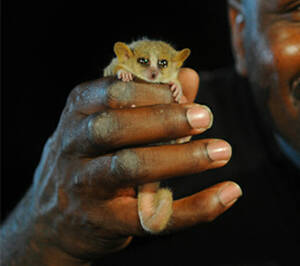
Marohita Mouse Lemur (scientific name: Microcebus marohita) is also known as Marohita Mouse Lemur. It has no subspecies. Its specific habits are unknown.Listed in the "Red List of Threatened Species of the World Conservation Union" (IUCN) 2014 ver 3.1 - Critically Endangered (CR).Protect w...
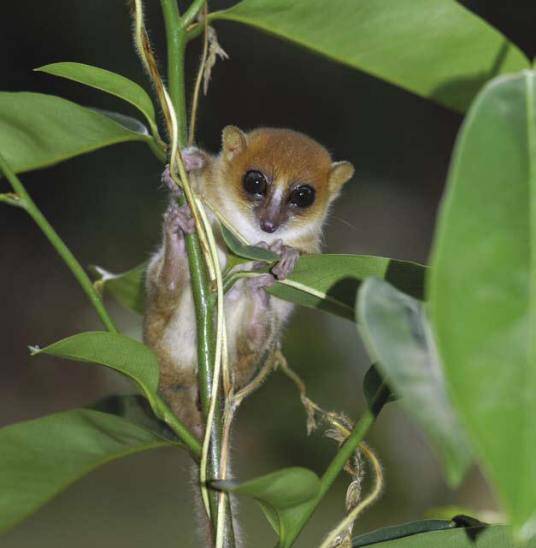
Margot Marsh's Mouse Lemur (scientific name: Microcebus margotmarshae) is a small lemur endemic to Madagascar. It has no subspecies. Its specific habits are unknown. The full information of the Magomash dwarf lemur was first collected on May 21, 2006, proposed by Andriantompohavana e...
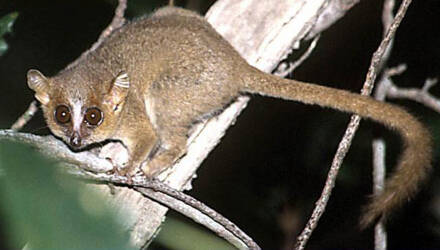
Claire's Mouse Lemur (scientific name: Microcebus mamiratra), foreign name Claire's Mouse Lemur, no subspecies. Specific habits are unknown.Listed in the "Red List of Threatened Species of the World Conservation Union" (IUCN) 2014 ver 3.1 - Critically Endangered (CR).Protect wild a...
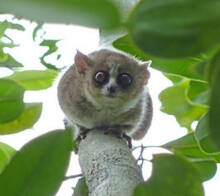
MacArthur's dwarf lemur (scientific name: Microcebus macarthurii), foreign name MacArthur's Mouse Lemur, no subspecies.The MacArthur dwarf lemur is named in honor of Catherine T. MacArthur, founder of the MacArthur Foundation, which funded research that included the discovery of this species...
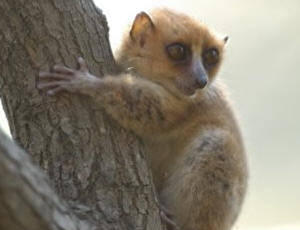
Jolly's dwarf lemur (scientific name: Microcebus jollyae) is also known as Grey-brown Mouse Lemur. The name of this species is in honor of primatologist Alison Jolly.Populations of the Jolly dwarf lemur are reported to occur in the forests of Mananjari and Kianjavato. The area is located at an a...
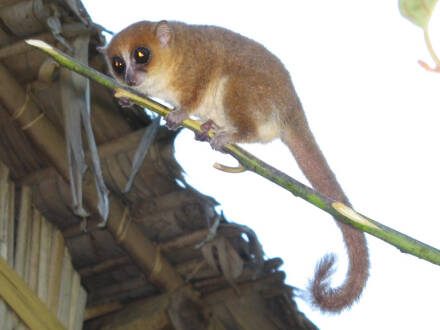
Gerp's Mouse Lemur (Microcebus gerpi) is a new species discovered in 2012, and little is known about its behavior, communication methods, ecology or reproductive habits. The species appears to be confined to a small area of lowland evergreen rainforest and is seriously threatened by forest loss....
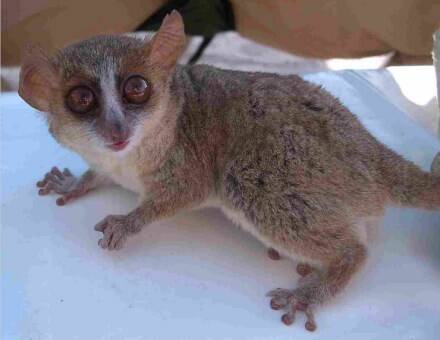
Microcebus danfossi (Microcebus danfossi) is an arboreal lemur that usually lives in pairs near streams or rivers. It feeds mainly on fruits and insects. It is active at night and spends the day hiding in tree holes. It is found in the mountainous rainforests of Madagascar.Listed in the 2014 Red Lis...
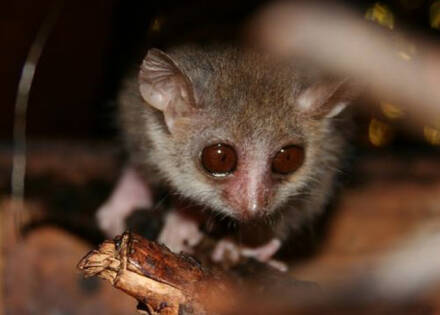
Bongolava dwarf lemur (scientific name: Microcebus bongolavensis) is also known as Bongolava Mouse Lemur in English. Its specific habits are unknown.Listed in the 2014 Red List of Threatened Species of the World Conservation Union (IUCN) ver3.1 - Endangered (EN).Protect wild animals and stop eating...
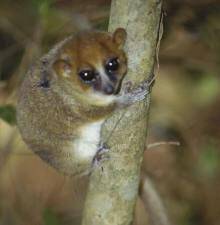
Arnold's dwarf lemur (scientific name: Microcebus arnholdi) lives in trees and groups, usually about 30 pairs living by streams or rivers. It mainly feeds on fruits and insects. It spends the day hiding in tree holes. In the evening, even if it wakes up, it will wait until sunset to scurry aroun...

The Greater Bamboo Lemur (scientific name: Hapalemur simus) is the largest lemur in the genus Hapalemur.The natural forests of Madagascar's 25 bamboo species are all less than 20,000 square kilometers, and as many as 10 bamboo species have natural forests less than 2,000 square kilometers. The p...
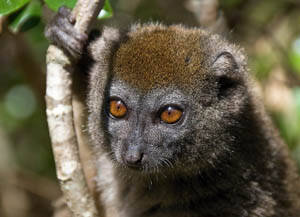
The Sanhe tame lemur (scientific name: Hapalemur occidentalis) lives in tropical rainforests or dry forests or shrubs. Some live in bamboo forests, reed areas or forestless mountains. They are active during the day or at night, eating insects, fruits, reeds, leaves, and occasionally birds. They live...
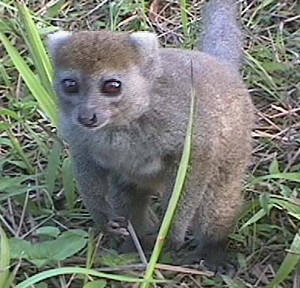
The scientific name of the gray lemur is Hapalemur griseus, and its foreign names are Alaotran Gentle Lemur and Alaotra Reed Lemur. There are three subspecies.Although the gray lemur's body shape and hand and foot structure are like monkeys, its face is like a fox and a dog. Mostly active in the...

Golden Bamboo Lemur (scientific name: Hapalemur aureus) is a small lemur.Golden Bamboo Lemurs live in groups, with 2-6 members, usually 3 or 4, including a pair of adult lemurs, several sub-adult lemurs and lemur cubs. They live in a rainforest with dense bamboos and are active by nature, moving an...
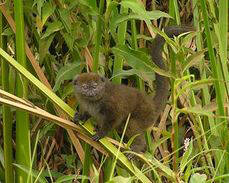
The Alaotra Lake tame lemur (scientific name: Hapalemur alaotrensis) is listed as "critically endangered" on the IUCN Red List of Threatened Species. There are only two separate populations of this species left in the wild, with a population of less than 3,000, living in the 19,000-hectare...
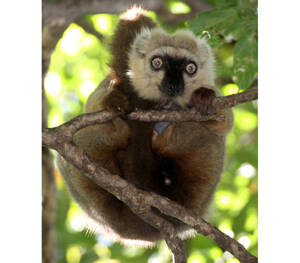
Sanford's Brown Lemur (scientific name: Eulemur sanfordi) is called Sanford's Brown Lemur in foreign language. It has no subspecies and is a medium-sized lemur.Sanford's Brown Lemur is active at different times throughout the day and night. It is gregarious, but the group is not fixed. U...
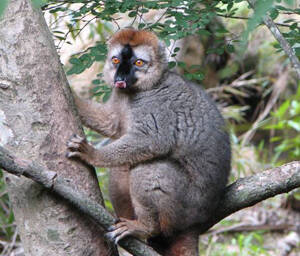
Red Brown Lemur (scientific name: Eulemur rufus) lives in small groups, usually 8-10 individuals. Although the body shape and limb structure of lemurs are similar to monkeys, their faces are similar to those of foxes and dogs. They like to bask in the sun because they are afraid of the cold. When ba...
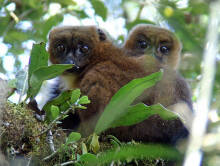
Red-bellied Lemur (scientific name: Eulemur rubriventer) is called Red-bellied Lemur in foreign language. It has no subspecies and is one of the rarest species of the genus Eulemur.Red-bellied Lemur lives in various forests and is active at different times throughout the day and night. They live in...
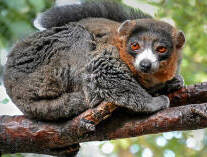
Mongoose Lemur (scientific name: Eulemur mongoz) is called Mongoose Lemur in foreign language. It has no subspecies and is a medium-sized lemur.The activity pattern of the Eulemur mongoz changes with the seasons, making it very different from most other primates. Behavior varies greatly throughout t...
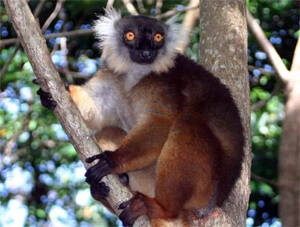
Black Lemur (scientific name: Eulemur macaco) is mainly found in the humid tropical rainforests of Madagascar, and some prefer to live in dry areas. They live in groups of 7-10, led by older females. They have a sense of territory and are aggressive. They mainly feed on fruits, pollen, and nectar. W...